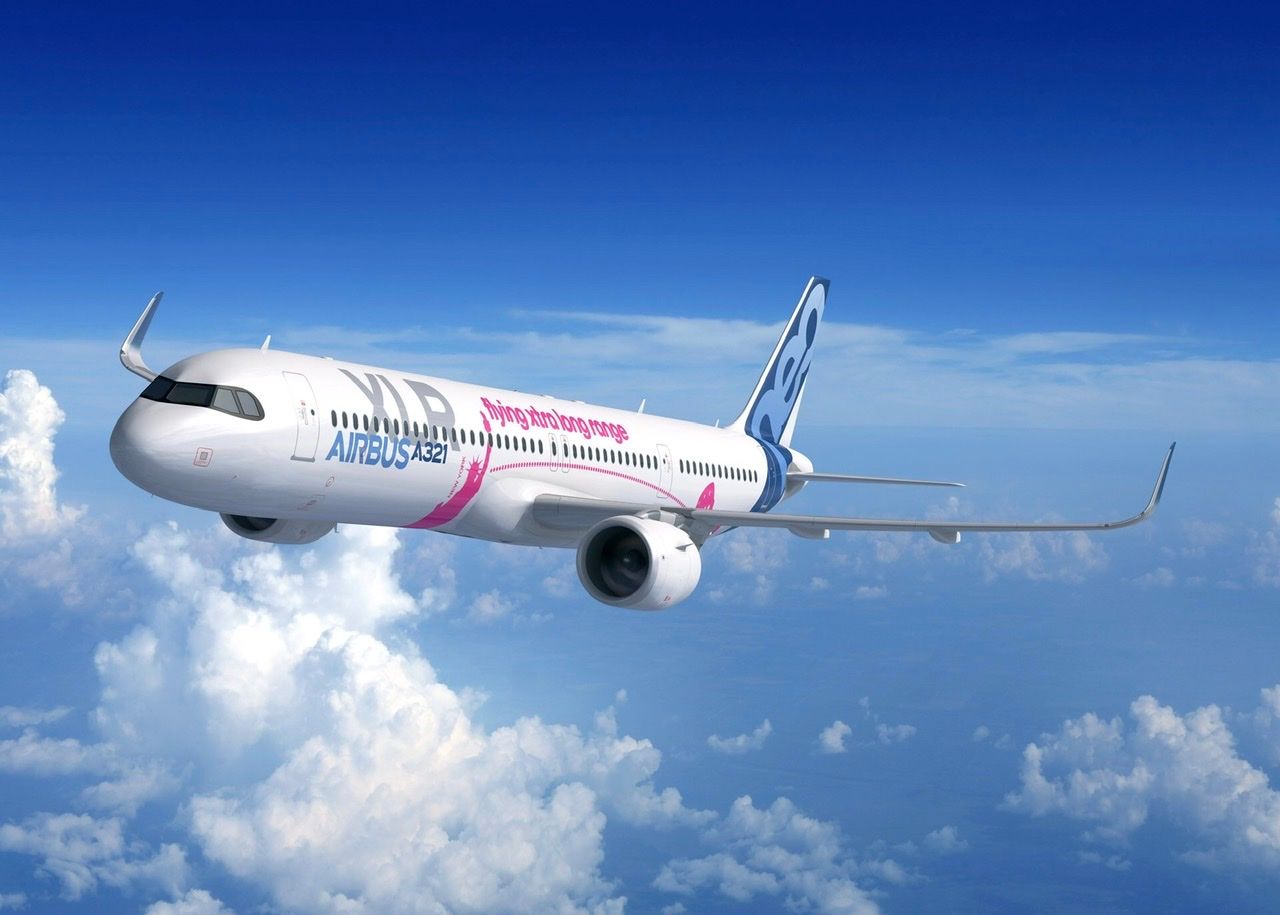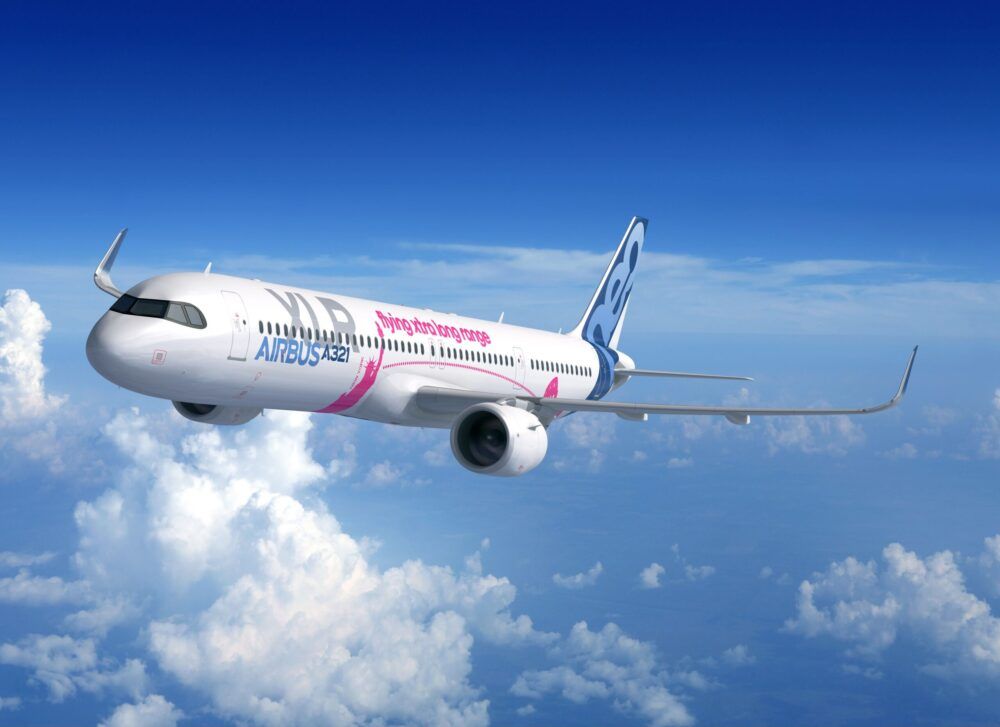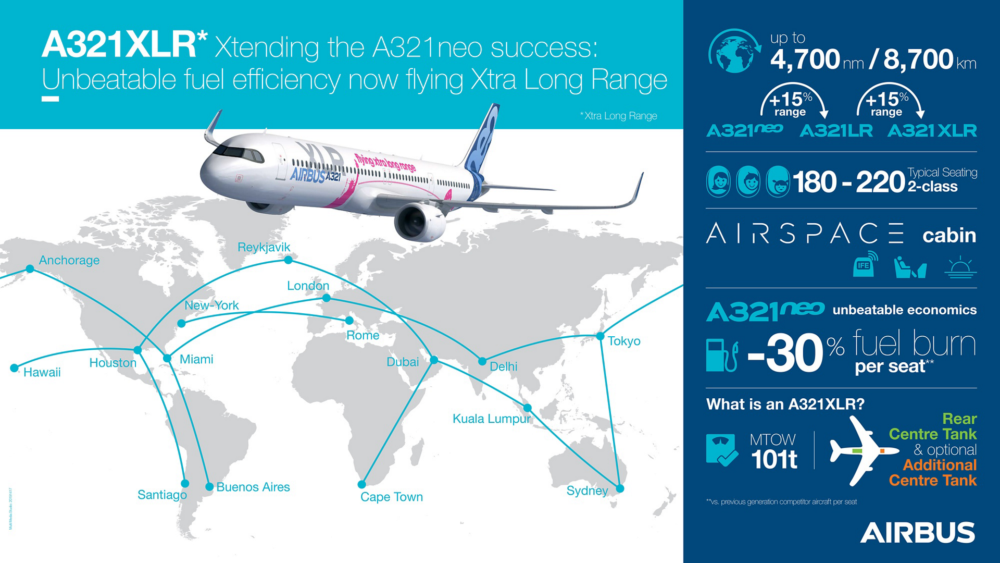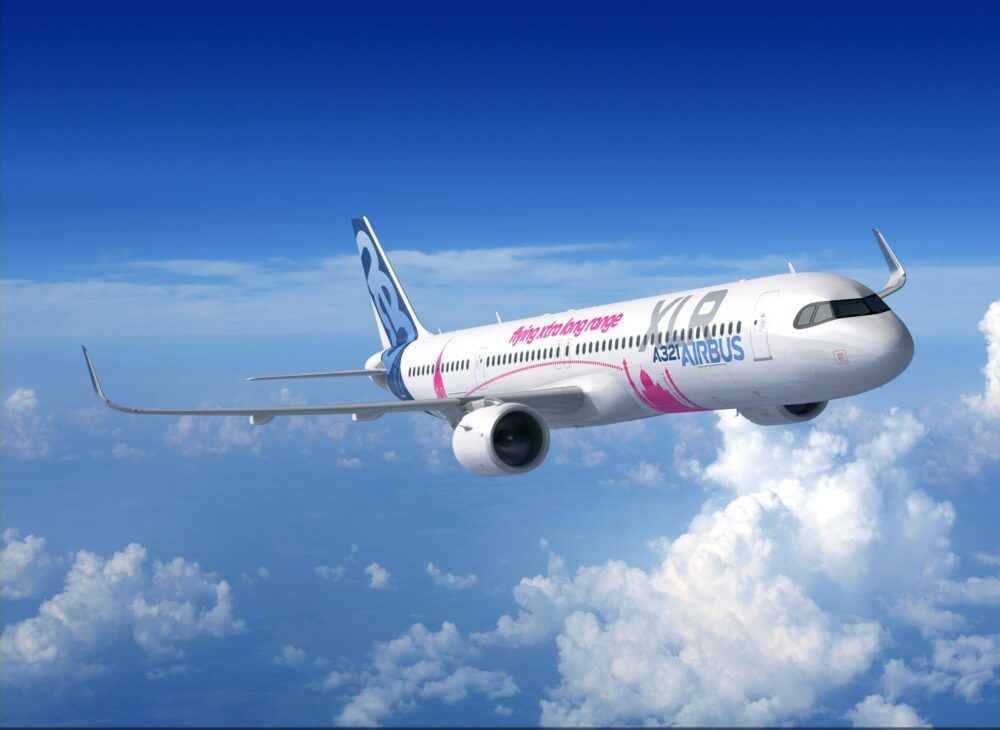EASA will impose a number of special conditions on the forthcoming Airbus A321XLR aircraft in relation to the Rear Center Tank (RCT). The location of the tank presents additional challenges to the manufacture of this long-range narrowbody and will require some thought to ensure safety and evacuation time is maintained.
Fire prevention with a new fuel tank onboard
The excitement for the first Airbus A321XLR continues to grow as more details emerge on the specifics of this long-range narrowbody contender. The XLR is planned to be capable of reaching the parts other narrowbodies cannot, largely thanks to the installation of a new central fuel tank to provide additional range.
But with more fuel onboard and in a new location, Airbus has needed to think carefully about how to protect the aircraft from fire. Details on this process were shared yesterday by FlightGlobal, which indicates that special conditions will be imposed to ensure adequate protection.
Specifically, the 12,900-liter central tank, which will be located in the rear of the plane, could potentially cause discomfort for passengers seated above it. Airbus told EASA that it could create a sensation of ‘cold feet,’ which could be mitigated by placing insulation panels between the tank and cabin floor.
However, these would have to meet ‘burn through’ criteria to comply with regulations, and Airbus says that this just isn’t possible. The lack of space means that there is not enough room to fit compliant panels, and using these to achieve burn-through protection would impede the decompression panels to either side of the fuselage, which must be kept free from insulation.
EASA further stated that installing compliant materials in this area would compromise the ventilation around the fuel tank. It also pointed out that the tank could be vulnerable to external fire and, without suitable protection in place, passengers might not have enough time to evacuate.
Stay informed: Sign up for our daily aviation news digest.
Special conditions
To resolve this problem, EASA is applying a special condition to the A321XLR, which will ensure the lower half of the fuselage around the center fuel tank will be resistant to fire penetration to protect cabin occupants. This, it says, will be achieved either through specific design of the tank itself or through supplemental features.
With an eye on overall safety, EASA has told Airbus it must demonstrate that the new aircraft is ‘at least as safe’ as the previous design. But it wasn’t only EASA that weighed in on the consultation for the new long-range Airbus.
Boeing, too, brought some concerns to the table, specifically highlighting that internal volume heating could, potentially, cause an explosion in the case of an external fire. EASA plans to address the protection of the tank from such risk in a separate special condition.
Boeing also raised concerns that an otherwise survivable runway excursion or landing gear failure could present an issue with the fuel tank if the structural integrity was compromised. EASA reassures that the tank’s design is being thoroughly reviewed in terms of structural crashworthiness.
Airbus announced the A321XLR at Paris Air Show in 2019 and plans to launch the aircraft in 2023. In July last year, its subsidiary Premium AEROTEC in Augsburg, Germany, began production of the first Rear Center Tank (RCT) for the XLR. As well as the new fuel tank, the XLR will feature a modified landing gear for higher maximum takeoff weight, uprated brakes, and an optimized wing trailing-edge flap configuration to preserve the same take-off performance and engine thrust requirements as today’s A321neo.




